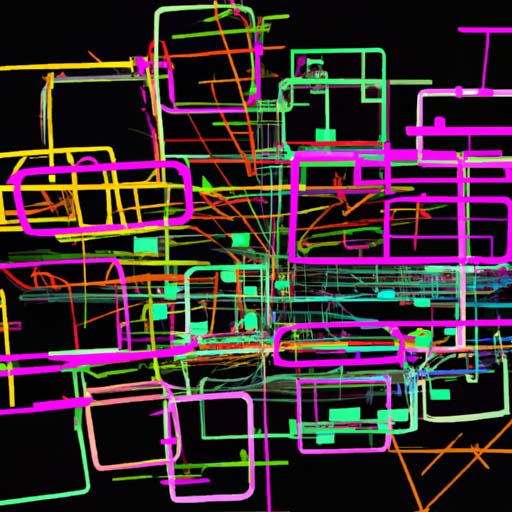Scientists at the U.S. Department of Energy’s (DOE) Argonne National Laboratory are using computer-driven robotic technology to modernize the processing of radioisotopes used in cancer treatment. The project aims to improve safety, reproducibility, and cost-effectiveness.
The DOE’s Isotope Program helps fund and direct research for medical isotopes, which are essential for targeted cancer treatment. However, the demand for these isotopes often exceeds the available supply, limiting progress in developing advanced cancer treatments.
Currently, medical isotopes are produced in national laboratories and university-based accelerators. The challenge lies in chemically separating the useful radioisotopes from the bulk mass of the target material and impurities. This separation can be done manually in a “glove box,” but it exposes researchers to radiation and limits the production throughput. Alternatively, processing can be done in heavily shielded “hot cells,” but these use outdated mechanical manipulators and are costly to maintain.
Argonne plans to develop a tele-operated robotic system that combines the elements of a hot cell and glove box. This system, called the “hot box,” will allow for safe and efficient handling of radioactive samples without the need for hot cells. It will operate remotely through augmented reality, with the user visualizing the hot box using 3D computer vision and immersive display technologies.
The project will build on existing robotics and computing capabilities at Argonne, and collaboration with four colleges and universities. The goal is to produce steady quantities of various isotopes, which can then be sold to hospitals through the DOE’s Isotope Program. The project also aims to increase diversity in the technical workforce by involving students and early-career scientists and engineers.
In summary, the project aims to:
- Modernize and improve the processing of radioisotopes used in cancer treatment
- Increase safety, reproducibility, and cost-effectiveness
- Develop a tele-operated robotic system called the “hot box”
- Operate the hot box remotely through augmented reality
- Produce steady quantities of various isotopes for sale to hospitals
- Involve students and early-career scientists and engineers to increase diversity in the technical workforce
